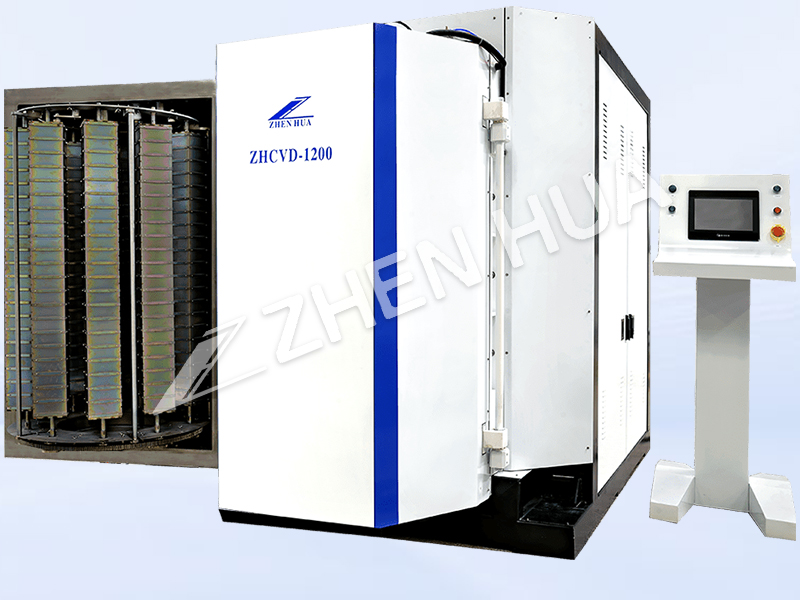Broadly speaking, CVD can be roughly divided into two type: one is in the single product on the substrate vapor deposition of single-crystal epitaxial layer, which is narrowly CVD; the other is the deposition of thin films on the substrate, including multi-product and amorphous films. According to the different types of source gases used, CVD can be divided into halogen transport method and metal-organic chemical vapor deposition (MOCVD), the former to halide as a gas source, the latter to metal-organic compounds as a gas source. According to the pressure in the reaction chamber, it can be divided into three main types: atmospheric pressure CVD (APCVD), low pressure CVD (LPCVD) and ultra-high vacuum CVD (UHV/CVD).CVD can also be used as an energy-enhanced auxiliary method, and nowadays the common ones include plasma-enhanced CVD (PECVD) and light-enhanced CVD (PCVD), etc. CVD is essentially a gas-phase deposition method.
CVD is essentially a film-forming method in which a gas-phase substance is chemically reacted at high temperature to produce a solid substance that is deposited on a substrate. Specifically, volatile metal halides or metal organic compounds are mixed with a carrier gas such as H, Ar, or N, and then uniformly transported to a high-temperature substrate in a reaction chamber to form a thin film on the substrate through a chemical reaction. No matter which type of CVD, deposition can be successfully carried out must meet the following basic conditions: First, in the deposition temperature, the reactants must have a sufficiently high vapor pressure; Second, the reaction product, in addition to the desired deposit for the solid state, the rest of the gaseous state; Third, the deposit itself should be sufficiently low vapor pressure to ensure that the deposition reaction process can be kept in the whole process of the heated substrate; Fourth, the substrate material is uniformly transported to the reaction chamber on the substrate, through the chemical reaction to form a thin film. Fourth, the vapor pressure of the substrate material itself should also be low enough at the deposition temperature.
–This article is released by vacuum coating machine manufacturer Guangdong Zhenhua
Post time: May-04-2024


